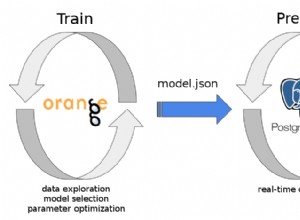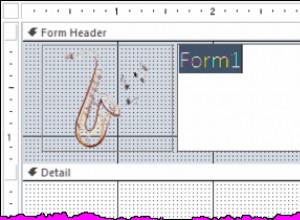Suchen Sie nach „allgemeinen Tabellenausdrücken“. Siehe auch diesen Link
Aktualisieren Beispiel aus dem oben genannten Link hinzufügen:
;WITH Fibonacci(n, f, f1)
AS (
-- This is the anchor part
-- Initialize level to 1 and set the first two values as per definition
SELECT CAST(1 AS BIGINT),
CAST(0 AS BIGINT),
CAST(1 AS BIGINT)
UNION ALL
-- This is the recursive part
-- Calculate the next Fibonacci value using the previous two values
-- Shift column (place) for the sum in order to accomodate the previous
-- value too because next iteration need them both
SELECT n + 1,
f + f1,
f
FROM Fibonacci
-- Stop at iteration 93 because we than have reached maximum limit
-- for BIGINT in Microsoft SQL Server
WHERE n < 93
)
-- Now the easy presentation part
SELECT n,
f AS Number
FROM Fibonacci




